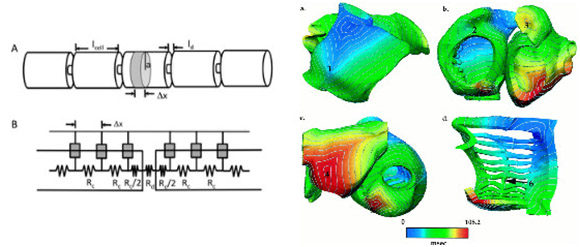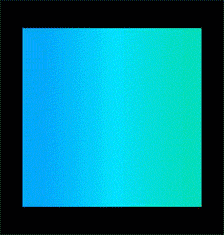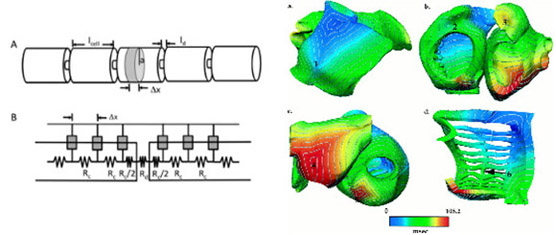Craig S. Henriquez, Duke University, Volume 61, Issue 5, Page:1457-1465

 The first biophysically based cardiac tissue model, combining equations for the cell-to-cell connections with a realistic representation of the membrane current fluxes, was developed nearly 45 years ago. In the decades that followed, these models were refined and advanced with contributions from the fields of clinical cardiology, cell biology, physiology, computer science and biomedical engineering. Descriptions have evolved from a single fiber of a few cells to full three-dimensional representations of the whole heart. These models have been used to investigate the role of gap junctions, fiber orientation, ion-channel kinetics, non-uniform ion channel distribution, and geometry on the genesis and maintenance of arrhythmias like ventricular tachycardia and atrial fibrillation. This paper looks back at the history of computational cardiac tissue models and how they have served as partners with experiments and provided new ways to think about the underlying electrophysiology, even before the measurement techniques had been perfected or the measurements made. While cardiac tissue models are arguably the most advanced in all of physiology, a number of important challenges remain in the field before they can be used to guide clinical practice. The models must become faster, likely through a combination of better algorithms and computer hardware, to investigate dynamics over relevant time scales. The models must include better descriptions of the tissue electrical properties, particularly under diseased conditions. The models will need to be validated with data obtained from human hearts, facilitated by using new experimental approaches to measure the electrical potentials and currents non-invasively. Finally, the modeling community will need to develop standard platforms for simulation to ensure reproducibility. The continued coupling of experiment and computer models will undoubtedly help to accelerate the engineering of new strategies for treating cardiac disease, which remains an important grand challenge in medicine.
The first biophysically based cardiac tissue model, combining equations for the cell-to-cell connections with a realistic representation of the membrane current fluxes, was developed nearly 45 years ago. In the decades that followed, these models were refined and advanced with contributions from the fields of clinical cardiology, cell biology, physiology, computer science and biomedical engineering. Descriptions have evolved from a single fiber of a few cells to full three-dimensional representations of the whole heart. These models have been used to investigate the role of gap junctions, fiber orientation, ion-channel kinetics, non-uniform ion channel distribution, and geometry on the genesis and maintenance of arrhythmias like ventricular tachycardia and atrial fibrillation. This paper looks back at the history of computational cardiac tissue models and how they have served as partners with experiments and provided new ways to think about the underlying electrophysiology, even before the measurement techniques had been perfected or the measurements made. While cardiac tissue models are arguably the most advanced in all of physiology, a number of important challenges remain in the field before they can be used to guide clinical practice. The models must become faster, likely through a combination of better algorithms and computer hardware, to investigate dynamics over relevant time scales. The models must include better descriptions of the tissue electrical properties, particularly under diseased conditions. The models will need to be validated with data obtained from human hearts, facilitated by using new experimental approaches to measure the electrical potentials and currents non-invasively. Finally, the modeling community will need to develop standard platforms for simulation to ensure reproducibility. The continued coupling of experiment and computer models will undoubtedly help to accelerate the engineering of new strategies for treating cardiac disease, which remains an important grand challenge in medicine.

